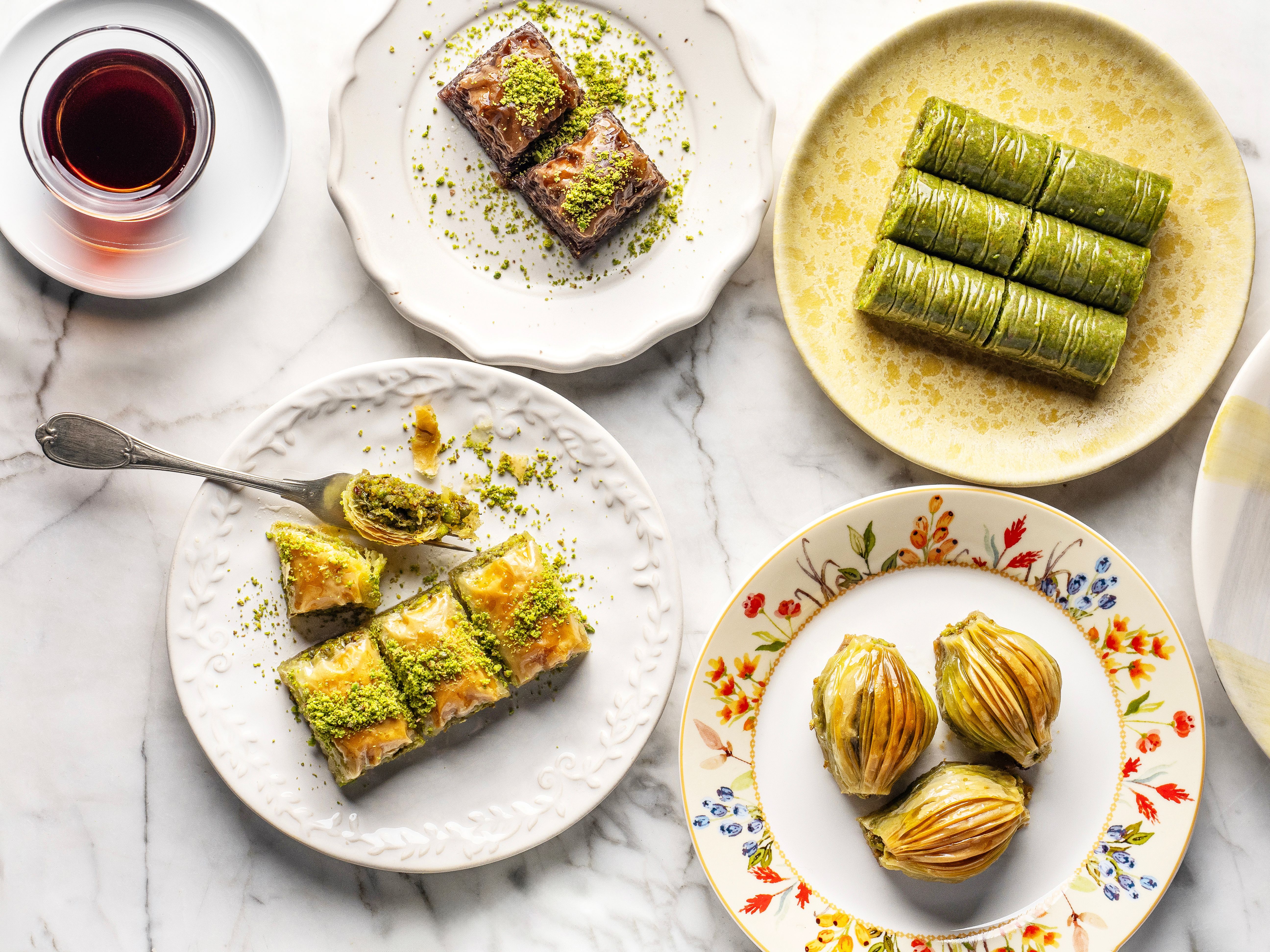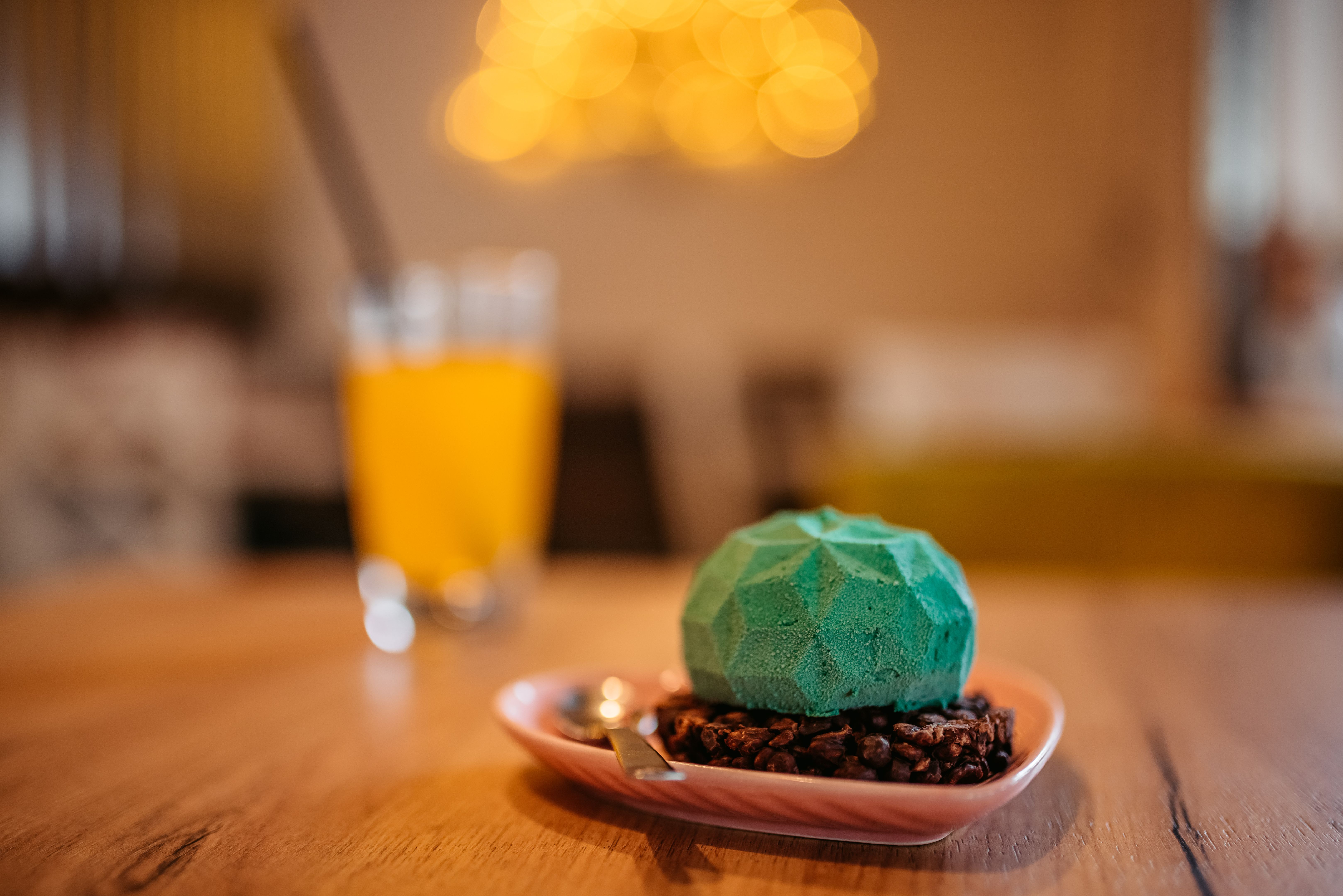Persian Baklava: A Unique Twist on a Classic Dessert
Discovering the Charm of Persian Baklava
When we think of baklava, the mind often drifts to the Mediterranean coasts, envisioning layers of crispy phyllo pastry drenched in honey and nuts. However, Persian baklava offers a delightful twist on this classic dessert, incorporating unique ingredients and flavors that set it apart from its more familiar counterparts.
Unlike the traditional baklava known in Greek or Turkish cuisines, Persian baklava is renowned for its subtle flavors and delicate sweetness. This variation hails from Iran, where it is a beloved treat during special occasions and celebrations. With its distinct ingredients and preparation methods, Persian baklava offers a fresh perspective on an age-old favorite.

The Ingredients that Make a Difference
One of the most distinguishing features of Persian baklava is its use of saffron, a spice cherished for its golden hue and aromatic complexity. Saffron threads are infused into the syrup, imparting a rich color and an earthiness that elevates the dessert's flavor profile. Additionally, rose water is often incorporated, lending a floral note that beautifully complements the saffron.
Another unique aspect is the choice of nuts. While traditional baklava often uses walnuts or pistachios exclusively, Persian baklava typically combines pistachios with almonds or hazelnuts. This blend of nuts offers a delightful combination of textures and tastes, with pistachios adding their characteristic buttery richness.

Preparation and Presentation
The art of making Persian baklava lies not only in its ingredients but also in its preparation. The dough used is typically finer and softer than the phyllo pastry found in other variations. This results in a dessert that is less crunchy but incredibly tender, allowing the flavors of the syrup and nuts to shine through more prominently.
In terms of presentation, Persian baklava often takes on a diamond or rhombus shape, adding an elegant touch to its appearance. The top layer may be adorned with crushed pistachios or a light dusting of powdered sugar, enhancing both its visual appeal and taste.

A Sweet Tradition
Persian baklava is more than just a dessert; it is a symbol of hospitality and tradition. In Iran, it is customary to serve this sweet treat with tea to guests, showcasing both culinary skill and generous hospitality. The intricate flavors of Persian baklava paired with the warmth of tea create a comforting and indulgent experience.
This tradition highlights the communal nature of Persian culture, where sharing food is an essential part of social gatherings. Offering baklava is seen as an expression of goodwill and respect, making it an integral part of celebrations such as Nowruz (Persian New Year) and weddings.
Exploring Global Palates
As global cuisine continues to evolve, desserts like Persian baklava offer a gateway to understanding diverse cultures. With its unique combination of flavors and textures, it invites dessert enthusiasts to broaden their horizons and appreciate the nuances that each culinary tradition brings to the table.
For those eager to try something new, experimenting with Persian baklava can be a rewarding culinary adventure. Whether you choose to make it at home or seek it out at a specialty bakery, this delicacy promises to be an unforgettable experience for your taste buds.
Bringing Persian Baklava Home
If you're inspired to make Persian baklava yourself, here are some key steps to follow:
- Gather your ingredients: phyllo dough, mixed nuts (pistachios and almonds), saffron, rose water, sugar, butter, and lemon juice.
- Create a fragrant syrup using sugar, water, saffron, rose water, and lemon juice.
- Layer the phyllo dough with melted butter and nut mixture.
- Bake until golden brown, then pour the syrup over while still hot.
- Let it cool before cutting into diamond shapes.
By following these steps, you can bring the exquisite taste of Persian baklava into your own kitchen. It's a wonderful way to explore new flavors while indulging in a time-honored tradition.
